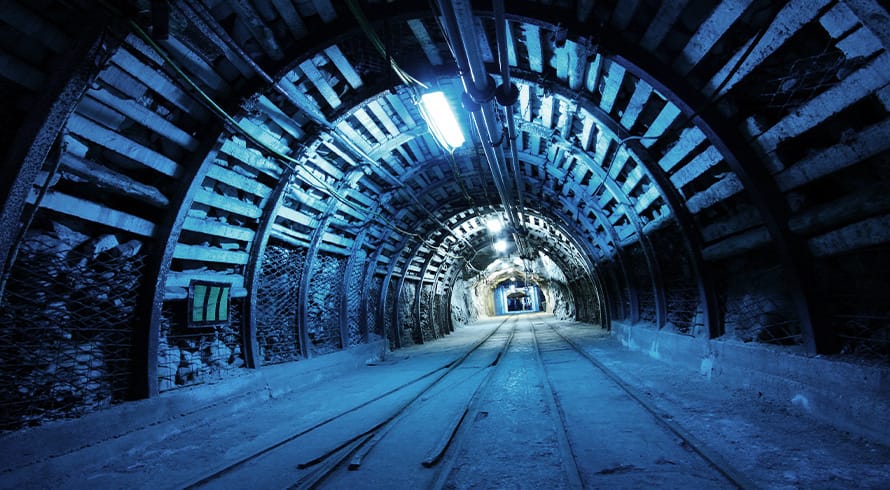Namibia’s nuclear power ambitions offer a path to energy independence in a volatile geopolitical landscape
At a glance
- In April 2025, President Netumbo Nandi-Ndaitwah announced plans to initiate discussions for Namibia’s first nuclear power plant, emphasising the use of the country’s uranium for national development.
- In September 2025, Cabinet approved Namibia's Nuclear Industry Strategy, and it was reported that the strategy would lay Namibia's foundation in the nuclear energy development sector.
- The incentives are quite clear, Namibia currently has a development goal focused heavily on value addition, resource beneficiation, infrastructure development, and energy independence. However, achieving its nuclear ambitions will not be without challenges.
Historical ambitions and policy development
Namibia’s nuclear energy aspirations emerged in the late 2000s. In 2010, French company Areva conducted a feasibility study for nuclear power generation as part of its Trekkopje project. In 2011, the Ministry of Mines and Energy, with assistance from Finland’s Nuclear and Radiation Authority, drafted a nuclear policy targeting electricity generation by 2018. However, progress stalled due to the absence of a finalised policy, and a 2007 moratorium on uranium exploration licenses highlighted regulatory gaps, including legal challenges. These early efforts have set the foundation for renewed ambitions, starting with lifting the moratorium on new exploration licences in nuclear fuels in 2017.
Recent developments and leadership push
In April 2025, President Netumbo Nandi-Ndaitwah announced plans to initiate discussions for Namibia’s first nuclear power plant, emphasising the use of the country’s uranium for national development. During a visit to the Rössing Uranium Mine, she called for strategic partnerships to realise this vision as Namibia pushes for resource value addition and beneficiation.
Namibia is not without international support, Rosatom has expressed support for a project that will play a central role in the development and operation of a future nuclear power plant. Similarly, in a meeting with former President Nangolo Mbumba in January 2025, the Chinese Foreign Minister reaffirmed China’s commitment to assisting Namibia in future development and investment opportunities.
In September 2025, Cabinet approved Namibia’s Nuclear Industry Strategy, and it was reported that the strategy would lay Namibia’s foundation in the nuclear energy development sector. Nam-Nuclear seemingly has the necessary political support and possibly more than covering local production shortfalls.
Why would Namibia consider nuclear energy in a net-zero climate?
- Energy independence: A nuclear plant could reduce reliance on imported electricity, enhancing energy security.
- Low carbon emissions: As a low-carbon energy source, nuclear power supports Namibia’s climate commitments.
- Economic growth: Construction and operational needs could create jobs, stimulate infrastructure development, and ensure that present and future energy demands are met.
- Resource availability: Locally sourced uranium ensures energy independence.
The incentives are quite clear. Namibia currently has a development goal focused heavily on value addition, resource beneficiation, infrastructure development, and energy independence. With developments in small modular reactors, this might be more than a pipe dream for Namibia; with a current consumption of 750 MW, future projected energy demand, and international co-operation, a nuclear plant could meet domestic demand and turn Namibia into an energy exporting country.
Challenges and concerns
The development of a nuclear power plant in Namibia may become Namibia’s most ambitious project yet, since it is not without its challenges. Firstly, the high capital costs for building a nuclear plant require significant investment, posing financial challenges to source the funding on reasonable terms and ensuring a return on investment for investors. A tipping point in favour of this project is the World Bank ending its ban on financing of nuclear energy projects. This change in tune includes considering the acceleration of the potential of small modular reactors.
Secondly, Namibia has a lack of technical expertise. Limited local skills necessitate costly imports of expertise and forces Namibia into partnerships with developed nations. This creates concerns about safety, environmental impact, and the geopolitical risks associated with such partnerships. Partnerships with any geopolitical powerhouse may create dependencies, potentially affecting relations with other opposing global powers. At the same time, Namibia, as a small developing nation, must leverage its relationships where available and with those who offer assistance.
More so than the technical difficulty of this project, navigating the geopolitical landscape while balancing Namibia’s ambitions will be challenging. Namibia, being the land of the brave, is up to the task, and so far Namibia’s current administration has continued its support for this project.
The information and material published on this website is provided for general purposes only and does not constitute legal advice. We make every effort to ensure that the content is updated regularly and to offer the most current and accurate information. Please consult one of our lawyers on any specific legal problem or matter. We accept no responsibility for any loss or damage, whether direct or consequential, which may arise from reliance on the information contained in these pages. Please refer to our full terms and conditions. Copyright © 2025 Cliffe Dekker Hofmeyr. All rights reserved. For permission to reproduce an article or publication, please contact us cliffedekkerhofmeyr@cdhlegal.com.
Subscribe
We support our clients’ strategic and operational needs by offering innovative, integrated and high quality thought leadership. To stay up to date on the latest legal developments that may potentially impact your business, subscribe to our alerts, seminar and webinar invitations.
Subscribe




